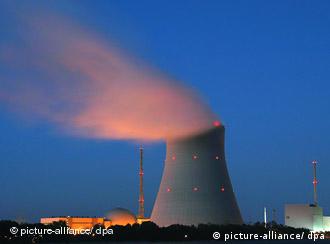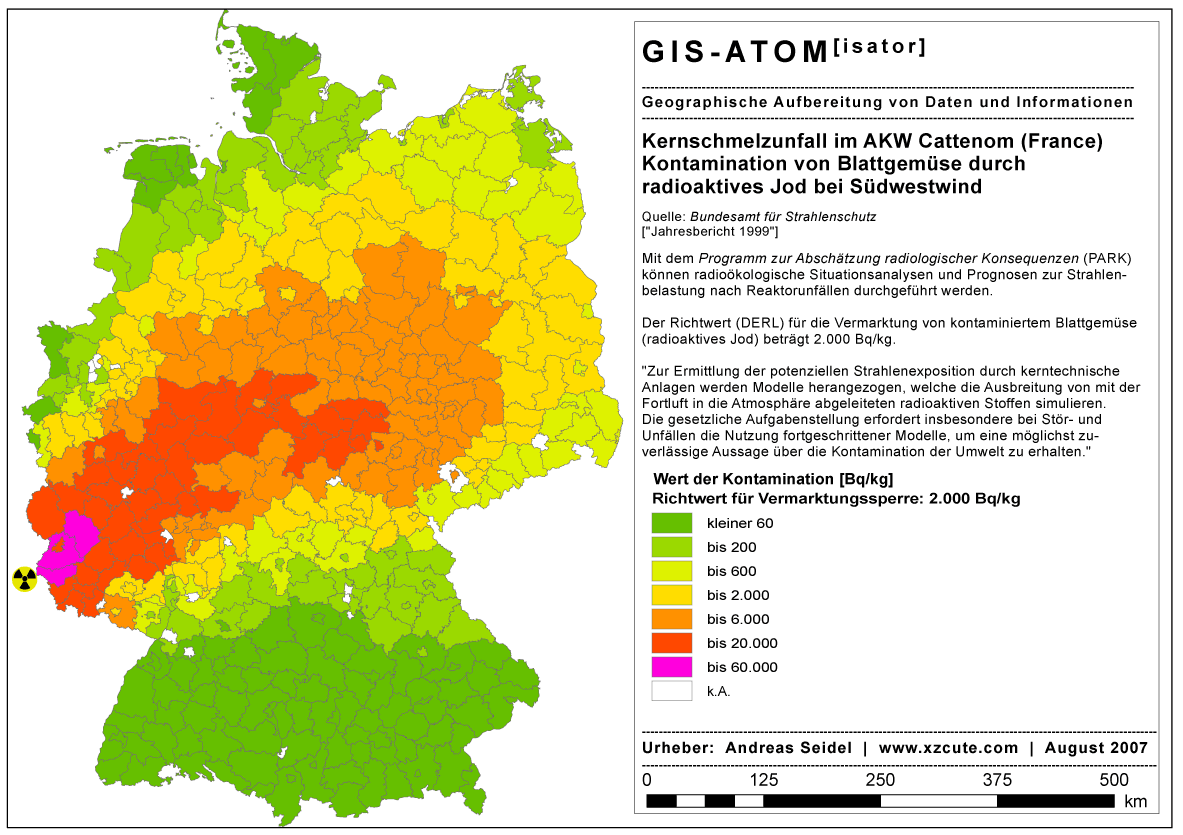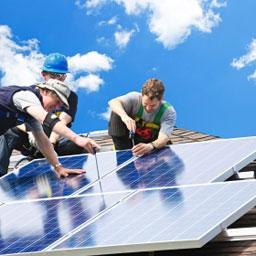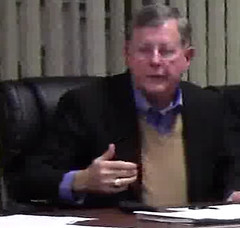Invest in nukes for
hot water in rivers damaging plants and animals
while there’s less water for agriculture and cities
and droughts and summer heat waves cause power shortages.
That’s Europe’s experience.
 Or we could profit by their experience and get on with
reliable renewable solar and wind power.
Or we could profit by their experience and get on with
reliable renewable solar and wind power.
The Guardian, 12 August 2003, Heatwave hits French power production,
France has shut down the equivalent of four nuclear power stations as the heatwave eats into the country’s electricity generating capacities. With temperatures in French rivers hitting record highs, some power plants relying on river water to cool their reactors have been forced to scale back production.
Julio Godoy wrote for OneWorld.net 28 July 2006, European Heat Wave Shows Limits of Nuclear Energy,
Continue reading













